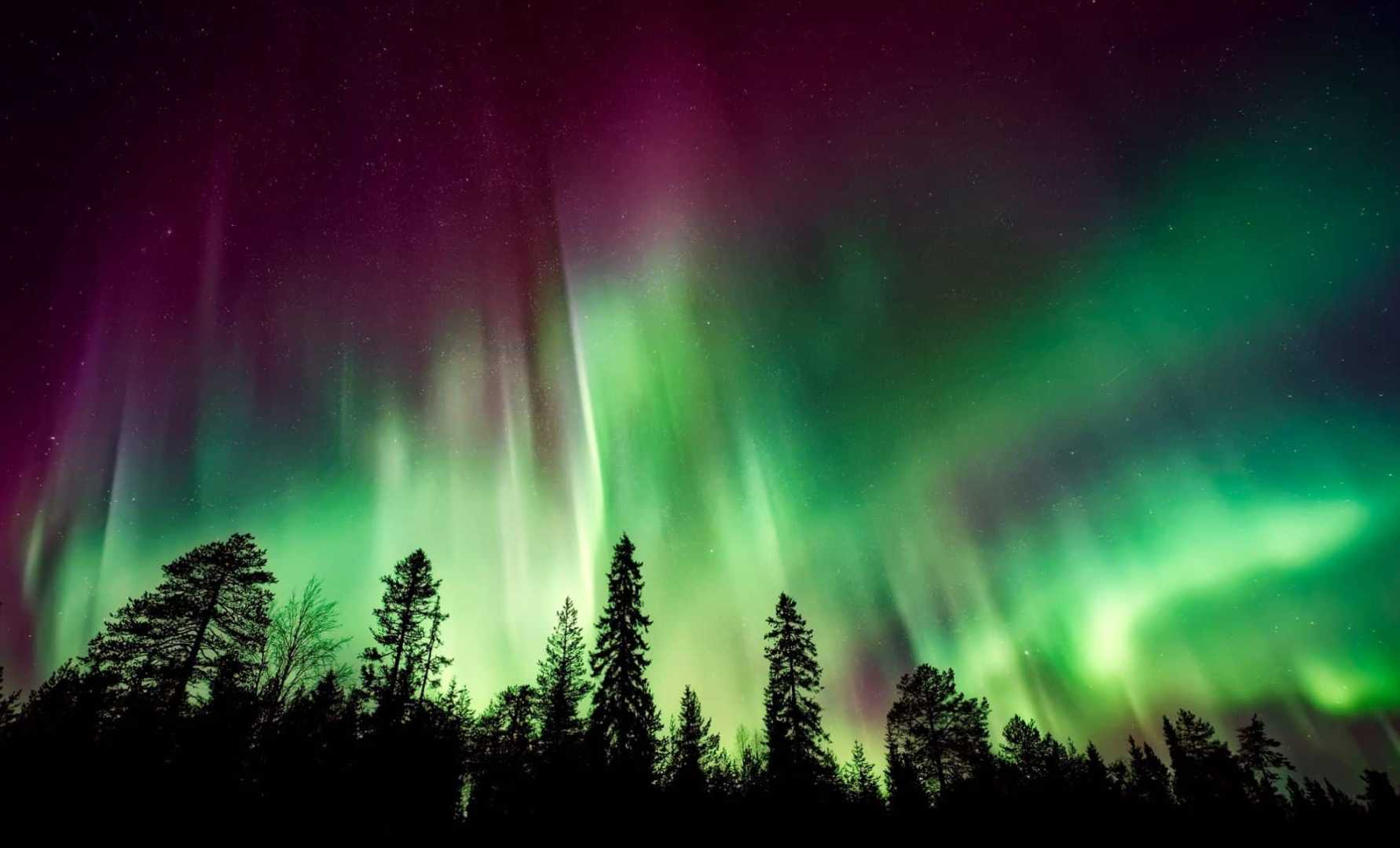News
Solar Eruption Sparks Northern Lights Alert Across United States

A significant solar eruption, described as fast-moving, is currently en route to Earth, with scientists warning of potential severe geomagnetic storm conditions. This event may bring the Northern Lights display to a broader area within the United States later this week. Space weather forecasts predict that the auroras could be visible over Michigan, the larger Great Lakes region, and possibly as far south as Alabama on October 10 and 11.
The National Oceanic and Atmospheric Administration (NOAA) has reported that these expected geomagnetic storm conditions are linked to a coronal mass ejection (CME) from the sun that occurred on the evening of October 8. According to space weather experts, this CME is anticipated to arrive at Earth on October 10, with the potential to escalate to G4-level storm conditions during its passage.
Northern Michigan and the Upper Peninsula have recently experienced frequent Northern Lights displays. These sightings have included vibrant reds and the notable picket-fence feature seen earlier this week, extending into the Lower Peninsula.
The Space Weather group has noted that this CME will likely induce highly-elevated geomagnetic activity, possibly making the aurora visible across much of the northern half of the country, reaching southern states such as Alabama and even northern California. They urge skywatchers to remain alert for this potential spectacle, particularly on the nights of October 10 and 11.
Given the rare nature of such strong geomagnetic storms, they can pose significant risks to infrastructure. NOAA has cautioned that such storms have the capability of disrupting communications, the electric power grid, navigation systems, radio broadcasts, and satellite operations.
Sky watchers in Wisconsin, in particular, may witness spectacular Northern Lights following the solar material’s journey to Earth. NOAA predicts that visibility conditions will be optimal on Thursday with clear skies in the Milwaukee area, though cloud cover may increase on Friday night.
Northern Lights, also known as Aurora Borealis, result from solar activity, when particles from a CME interact with Earth’s magnetic field. The display’s color variations, including green and red from oxygen and blue and purple from nitrogen, offer an enthralling experience. The best timeframe to observe these lights is typically between 10 p.m. and 2 a.m.












